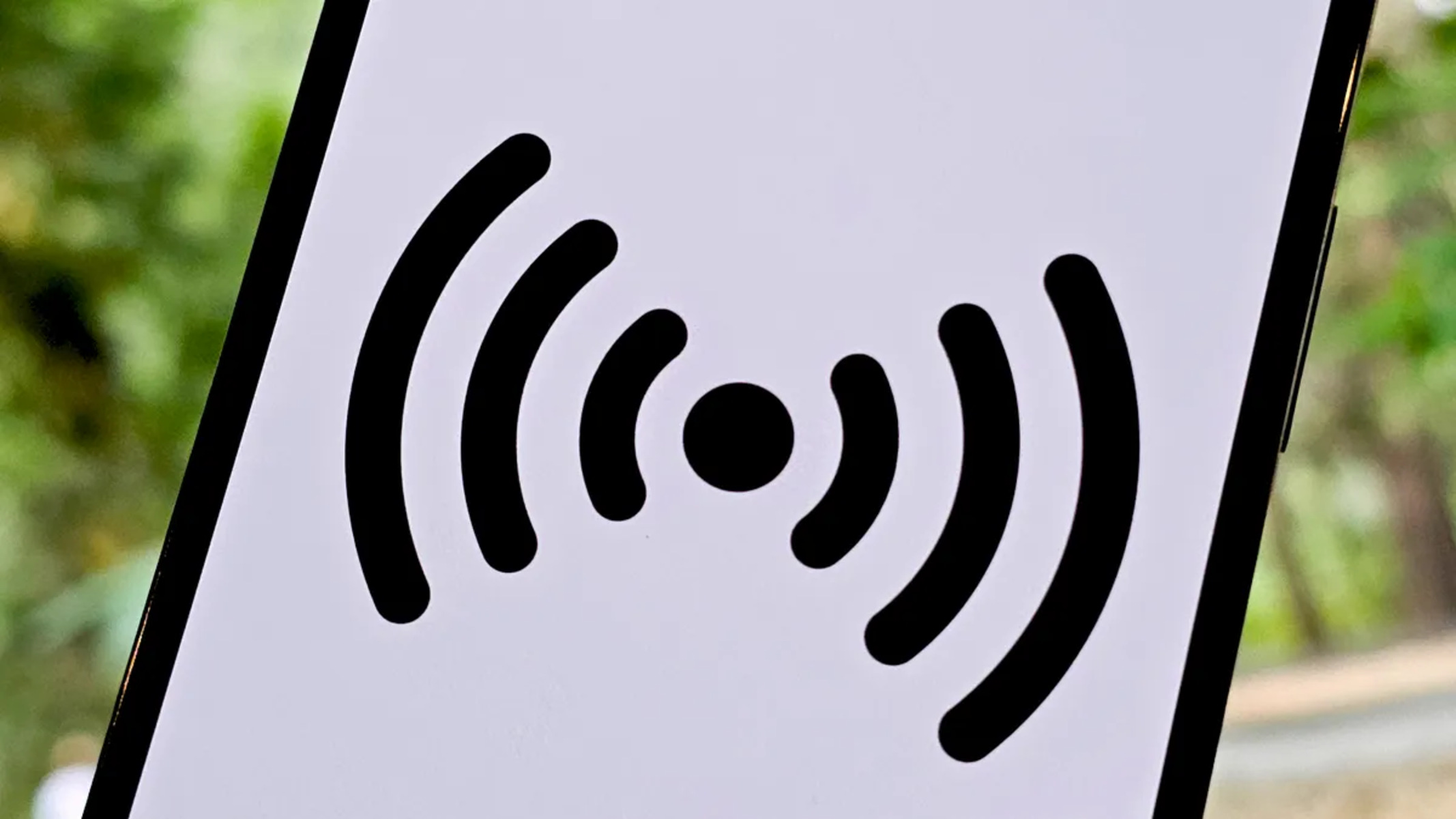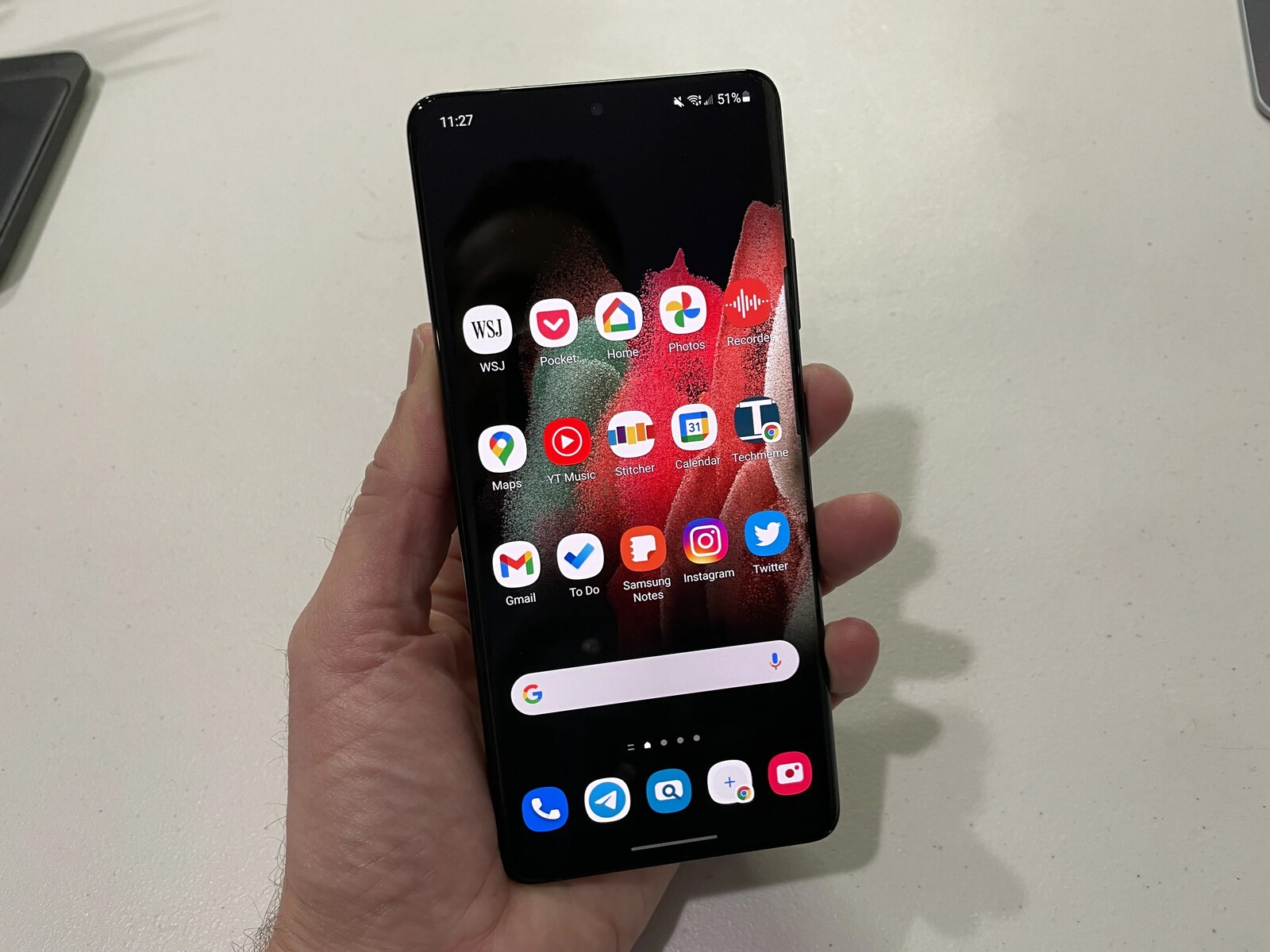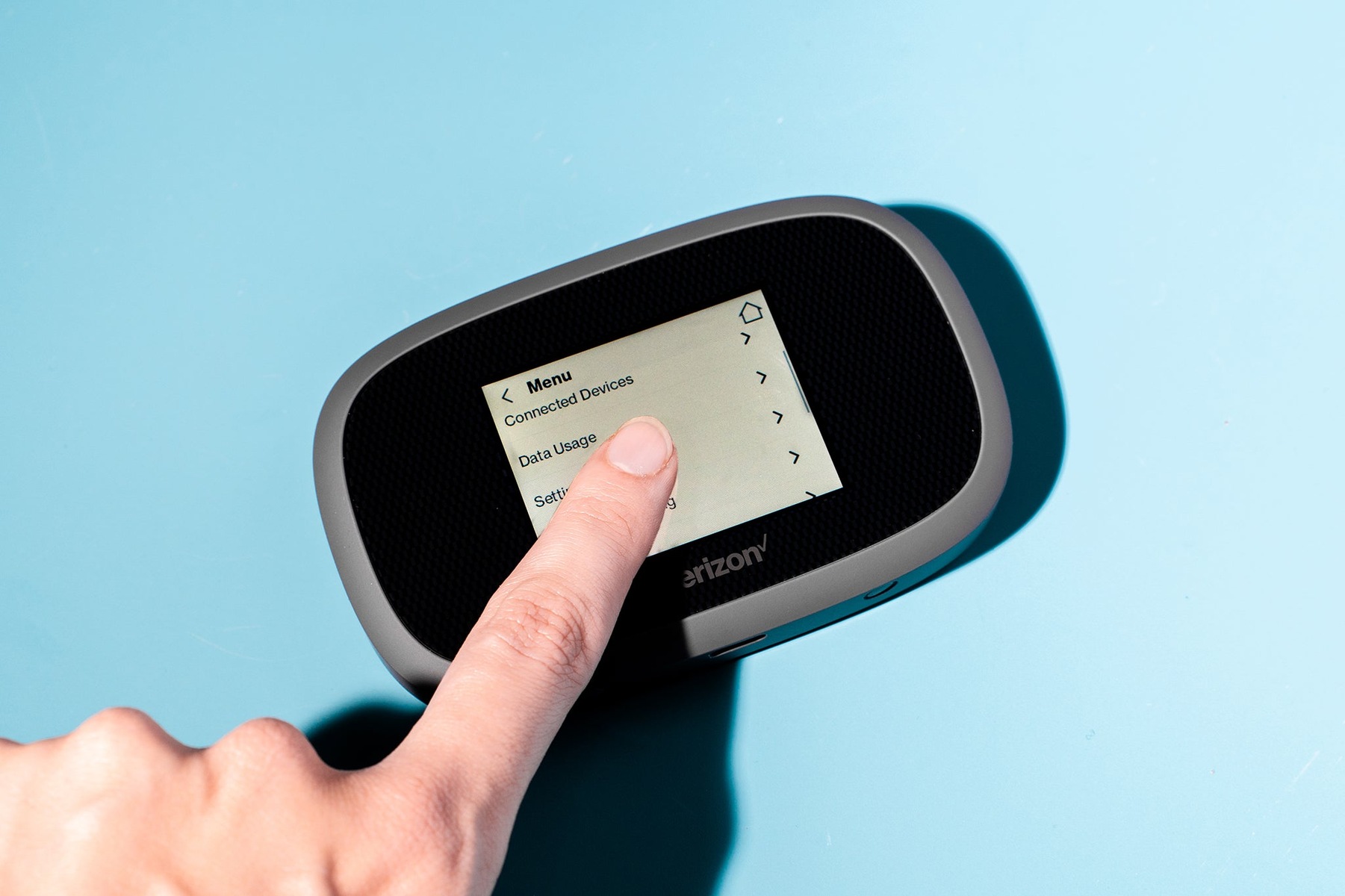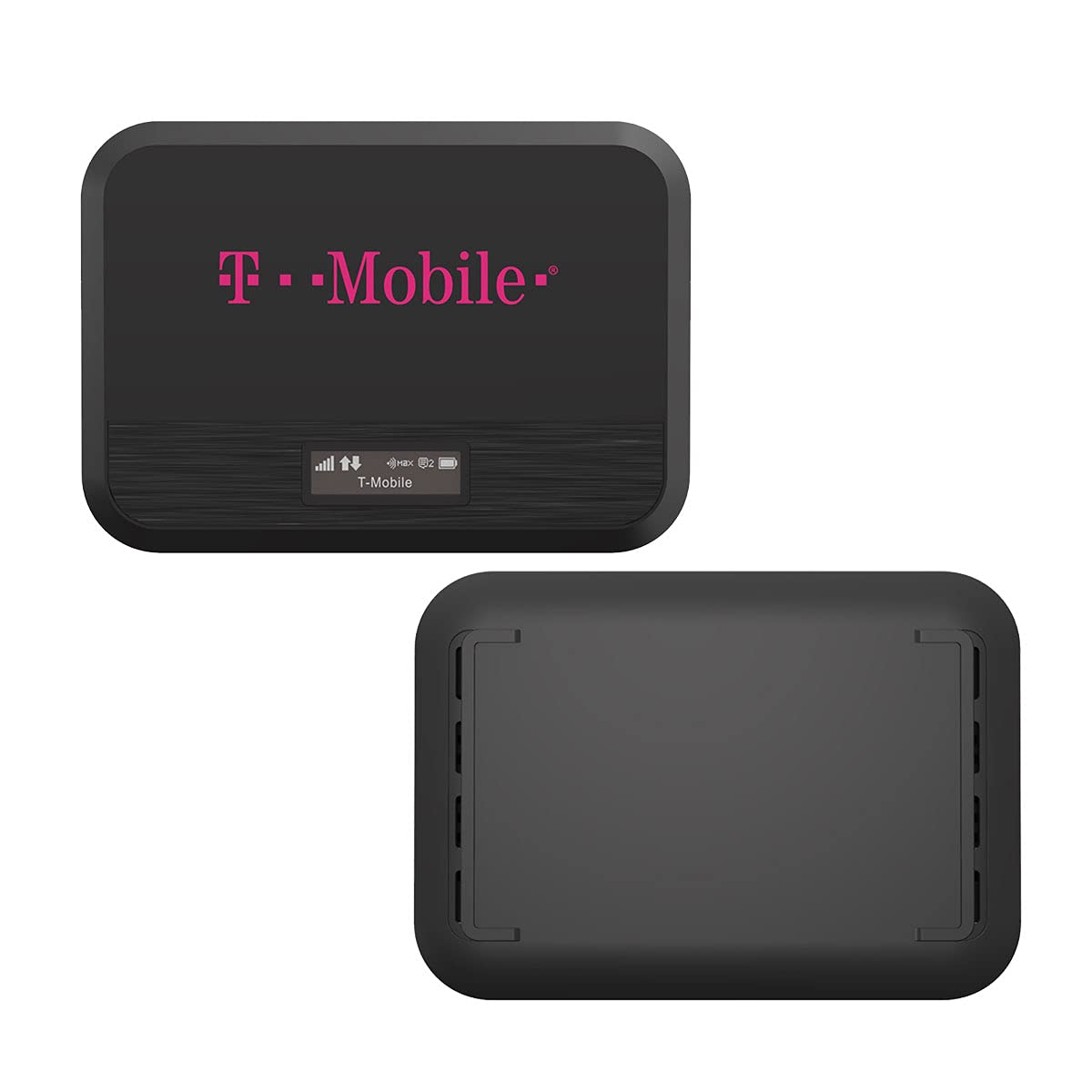Introduction
When you're at a bustling café or a busy airport, have you ever wondered how many devices are connected to the Wi-Fi hotspot you're using? The answer might surprise you. With the proliferation of smartphones, tablets, laptops, and IoT devices, the number of connected devices on a single hotspot can be substantial. Understanding and monitoring these connected devices is not only a matter of curiosity, but it also holds significance for security, network optimization, and resource allocation.
In this quick guide, we'll delve into the intricacies of monitoring connected devices on a hotspot. Whether you're a tech enthusiast, a network administrator, or simply someone curious about the digital ecosystem, this guide will provide valuable insights into the world of connected devices and the tools available to monitor them.
Stay tuned as we explore the fascinating realm of connected devices and unveil the tools and techniques to keep a vigilant eye on their activities. Let's embark on this journey to unravel the mysteries of the digital landscape and equip ourselves with the knowledge to navigate it effectively.
Understanding Connected Devices
In today's interconnected world, the term "connected devices" encompasses a wide array of gadgets and gizmos that seamlessly communicate with each other and the internet. From smartphones and laptops to smart home appliances and wearable tech, the spectrum of connected devices is constantly expanding. These devices leverage Wi-Fi, Bluetooth, cellular networks, and other communication protocols to stay interconnected, forming a vibrant digital ecosystem that permeates our daily lives.
To understand connected devices on a hotspot, it's essential to grasp the diverse nature of these gadgets. Each device possesses a unique MAC address, allowing it to be identified on a network. This address serves as a digital fingerprint, enabling network administrators and monitoring tools to distinguish between individual devices and track their activities.
Moreover, the types of connected devices vary widely in terms of their functionality and network behavior. For instance, smartphones and laptops are versatile devices capable of engaging in a myriad of network activities, including web browsing, video streaming, and file downloads. On the other hand, IoT devices such as smart thermostats, security cameras, and connected appliances often have specific communication patterns tailored to their intended purposes.
Understanding the behavior and characteristics of connected devices is crucial for effective network management and optimization. It enables administrators to allocate bandwidth efficiently, identify potential security threats, and ensure a seamless digital experience for all users sharing the hotspot.
As the number and diversity of connected devices continue to surge, the landscape of network monitoring and management becomes increasingly intricate. With this understanding, let's explore the tools and software that empower us to monitor and regulate the activities of these interconnected devices effectively.
Monitoring Tools and Software
In the dynamic realm of network management, a diverse array of monitoring tools and software solutions are available to track and analyze the activities of connected devices on a hotspot. These tools serve as the digital eyes and ears, providing administrators with valuable insights into network traffic, device behavior, and potential security threats. Let's explore some of the prominent monitoring tools and software that empower administrators to maintain a vigilant watch over the connected ecosystem.
1. Network Monitoring Software:
Network monitoring software such as SolarWinds Network Performance Monitor, PRTG Network Monitor, and Nagios Core offer comprehensive capabilities to monitor connected devices. These tools provide real-time visibility into network performance, bandwidth utilization, and device connectivity. Administrators can leverage customizable dashboards and alerts to identify and address network issues promptly, ensuring optimal performance for all connected devices.
2. Packet Sniffers:
Packet sniffers, including Wireshark and tcpdump, enable administrators to capture and analyze the traffic traversing the network. These tools dissect network packets, allowing administrators to inspect the data exchanged between connected devices. By scrutinizing packet contents and protocols, administrators can gain deep insights into device interactions, identify anomalies, and troubleshoot network issues with precision.
3. Wireless Intrusion Prevention Systems (WIPS):
WIPS solutions such as Cisco Meraki Wireless Intrusion Prevention and WatchGuard Wireless Intrusion Prevention System focus on securing wireless networks by detecting and mitigating potential threats. These systems employ sophisticated algorithms to monitor wireless traffic, identify rogue devices, and thwart unauthorized access attempts. By proactively safeguarding the wireless environment, WIPS solutions fortify the security posture of the hotspot and the connected devices.
4. Mobile Device Management (MDM) Platforms:
In the era of ubiquitous mobile devices, MDM platforms like Microsoft Intune and VMware AirWatch play a pivotal role in managing and monitoring smartphones and tablets connected to the hotspot. These platforms enable administrators to enforce security policies, track device locations, and remotely manage device configurations. By exercising granular control over mobile devices, administrators can uphold security standards and mitigate risks associated with mobile connectivity.
5. Endpoint Detection and Response (EDR) Solutions:
EDR solutions such as CrowdStrike Falcon and Carbon Black provide advanced capabilities to monitor and secure endpoint devices, including laptops and desktops. These solutions leverage behavioral analysis and machine learning algorithms to detect and respond to potential security threats. By monitoring endpoint activities and swiftly responding to suspicious behavior, EDR solutions bolster the overall security posture of the hotspot and mitigate the risk of device-related security incidents.
Incorporating these monitoring tools and software into the network management arsenal equips administrators with the means to proactively monitor, analyze, and secure the diverse array of connected devices on a hotspot. By harnessing the power of these tools, administrators can uphold network performance, bolster security defenses, and ensure a seamless digital experience for all users sharing the hotspot.
Security Considerations
Ensuring the security of connected devices on a hotspot is paramount in safeguarding sensitive data, preserving network integrity, and mitigating potential cyber threats. As the number of connected devices proliferates, the attack surface for malicious actors expands, necessitating robust security measures and vigilant monitoring. Let's delve into the essential security considerations for managing connected devices on a hotspot.
1. Access Control and Authentication:
Implementing strong access control measures, such as WPA3 encryption for Wi-Fi networks and multifactor authentication for network access, is foundational to thwart unauthorized intrusions. By enforcing stringent authentication protocols, administrators can restrict access to authorized devices and mitigate the risk of unauthorized entities infiltrating the network.
2. Device Profiling and Policy Enforcement:
Leveraging device profiling techniques enables administrators to categorize and identify connected devices based on their characteristics and behavior. By establishing granular policies that govern device behavior, administrators can enforce restrictions on device activities, detect anomalies, and respond to potential security breaches proactively.
3. Threat Detection and Response:
Deploying robust threat detection mechanisms, including intrusion detection systems (IDS) and intrusion prevention systems (IPS), empowers administrators to identify and thwart malicious activities targeting connected devices. By monitoring network traffic for suspicious patterns and swiftly responding to potential threats, administrators can fortify the security posture of the hotspot and mitigate the impact of security incidents.
4. Vulnerability Management:
Regularly assessing and patching vulnerabilities in connected devices and network infrastructure is imperative to mitigate the risk of exploitation by cyber adversaries. Administrators should diligently update device firmware, apply security patches, and conduct vulnerability assessments to identify and remediate potential security weaknesses, thereby bolstering the resilience of the network against evolving threats.
5. Security Awareness and Education:
Fostering a culture of security awareness among hotspot users and administrators is instrumental in mitigating human-centric security risks. Educating users about best practices for device security, phishing awareness, and safe browsing habits can significantly reduce the likelihood of security breaches stemming from human error or social engineering tactics.
6. Encryption and Data Privacy:
Employing robust encryption protocols for data transmission and storage safeguards sensitive information from unauthorized access. Administrators should prioritize the use of encryption algorithms such as AES for securing data in transit and at rest, thereby preserving the confidentiality and integrity of data exchanged by connected devices.
By integrating these security considerations into the management of connected devices on a hotspot, administrators can fortify the network against a myriad of security threats, uphold data privacy, and ensure a secure digital environment for all users. Vigilant monitoring, proactive threat mitigation, and a comprehensive security posture are pivotal in safeguarding the interconnected ecosystem of devices and preserving the integrity of the hotspot's network infrastructure.
Conclusion
In the fast-paced landscape of digital connectivity, the ability to monitor and manage the myriad of connected devices on a hotspot is instrumental in ensuring network performance, security, and resource optimization. As we conclude our exploration of monitoring connected devices, it becomes evident that the dynamic interplay between device diversity, network monitoring tools, and security considerations forms the cornerstone of effective hotspot management.
By gaining a comprehensive understanding of the diverse nature of connected devices and their unique network behaviors, administrators and tech enthusiasts alike can navigate the intricacies of network management with precision and insight. The advent of smartphones, IoT gadgets, and wearable tech has ushered in a new era of digital interconnectivity, presenting both opportunities and challenges in the realm of network monitoring.
The array of monitoring tools and software solutions showcased in this guide empowers administrators to wield digital instruments that provide real-time visibility, traffic analysis, and security fortification. From network monitoring software and packet sniffers to wireless intrusion prevention systems and mobile device management platforms, the arsenal of monitoring tools equips administrators with the means to uphold network performance, secure wireless environments, and regulate the activities of connected devices with finesse.
Furthermore, the critical security considerations highlighted in this guide underscore the imperative of fortifying the hotspot against potential cyber threats and vulnerabilities. From access control and authentication to threat detection, vulnerability management, and security awareness, the multifaceted approach to hotspot security aligns with the evolving threat landscape and the imperative of preserving data privacy and network integrity.
In essence, the effective monitoring of connected devices on a hotspot transcends mere curiosity; it embodies the proactive stewardship of digital ecosystems, the safeguarding of sensitive data, and the optimization of network resources. As the digital landscape continues to evolve, the knowledge and insights gleaned from this guide serve as a compass, guiding administrators and enthusiasts toward a deeper understanding of network monitoring and security.
In closing, the journey to monitor connected devices on a hotspot is a testament to the ever-evolving interplay between technology and human stewardship. By embracing the tools, insights, and security imperatives delineated in this guide, we embark on a path toward resilient, secure, and seamlessly connected digital environments, where the diverse array of gadgets and gizmos harmoniously coexist and thrive within the confines of a vigilantly monitored hotspot.

























